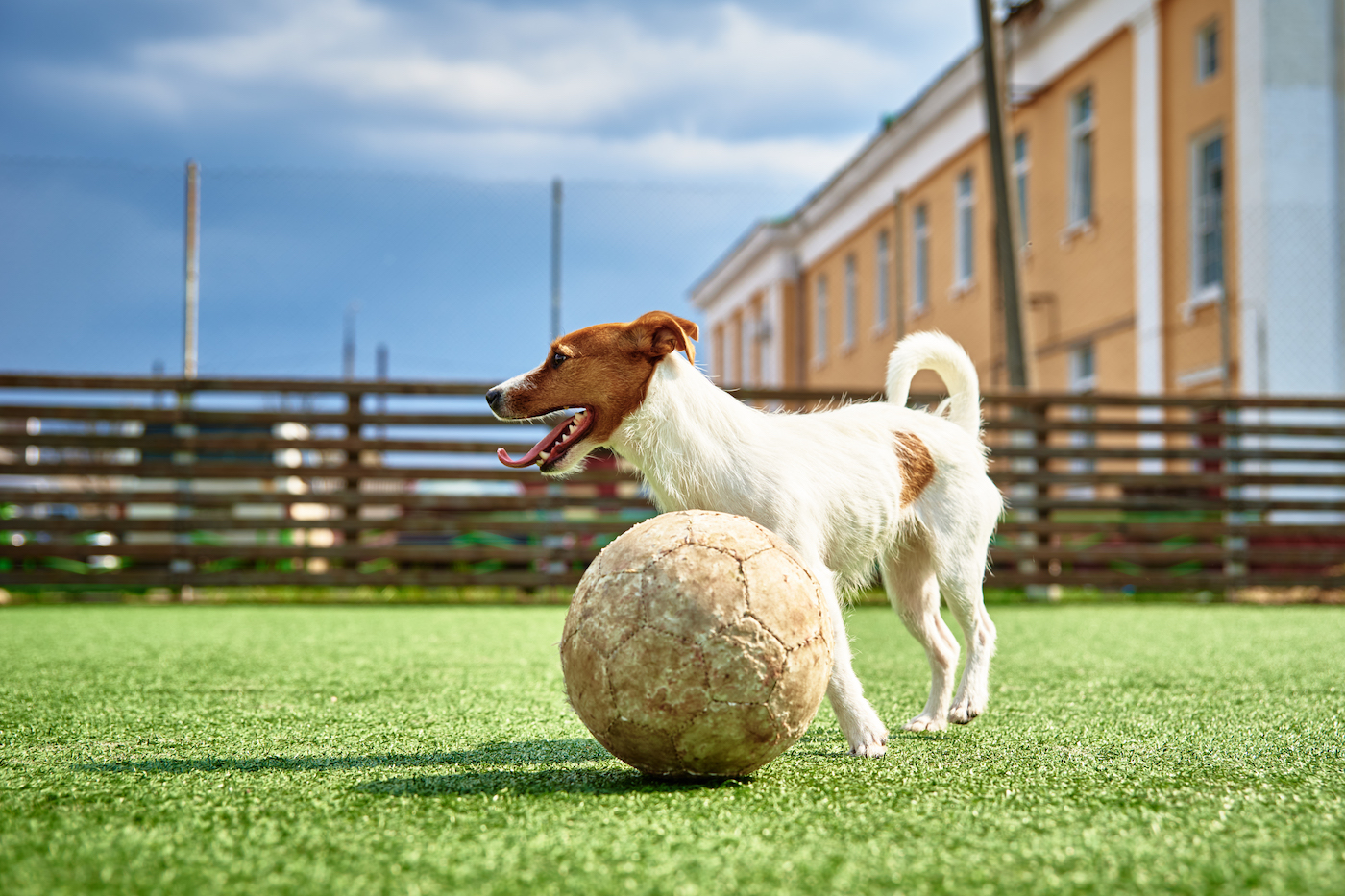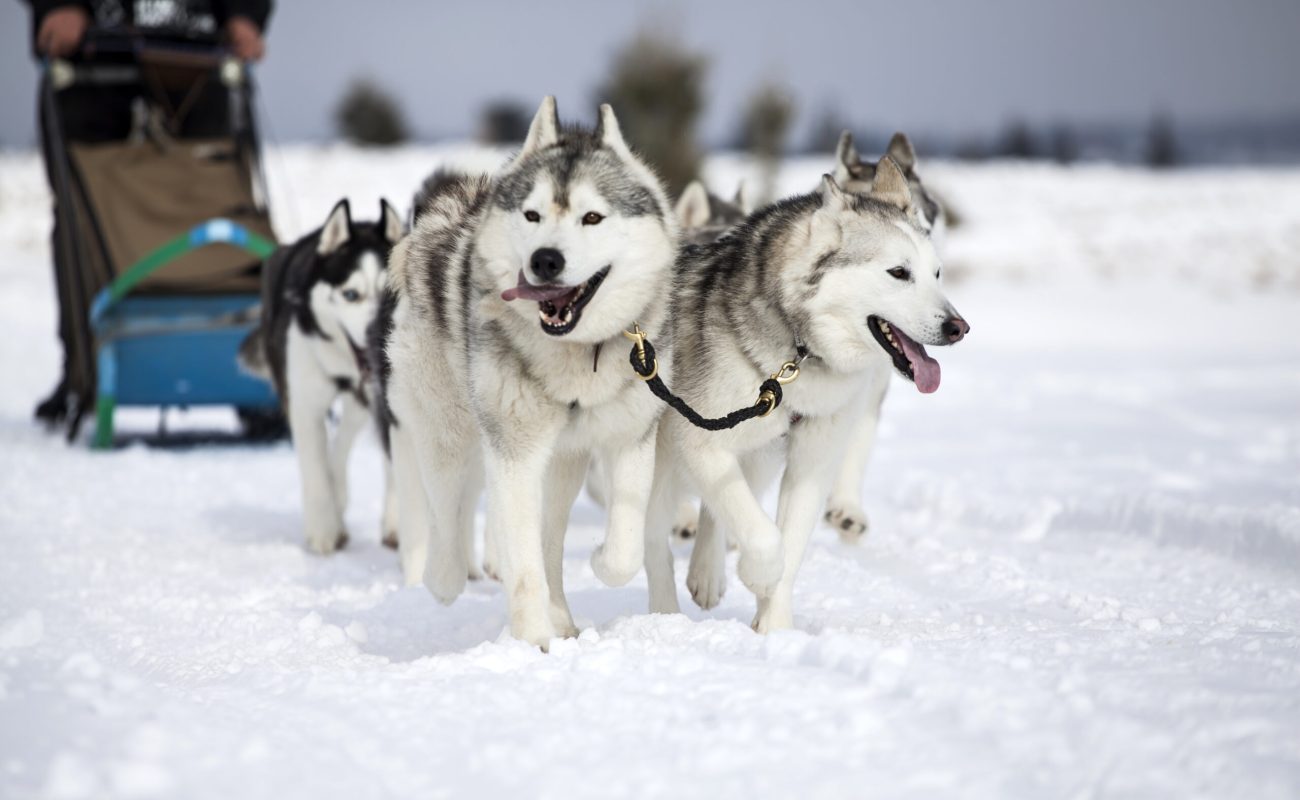The Iditarod sled race is a grueling and challenging long-distance dog sled race that takes place in Alaska, covering over 1,000 miles of treacherous terrain from Anchorage to Nome. The race is named after the Iditarod Trail, a historic dog sled trail that was used to transport supplies and mail during Alaska’s early days. Mushers and their teams of sled dogs face extreme weather conditions, rugged mountain ranges, frozen rivers, and harsh wilderness along the way, making the Iditarod one of the most difficult endurance races in the world. The race is held annually in March and is a celebrated event in Alaskan culture, attracting participants and spectators from around the world. This is part one of a series of continued articles about this race, written by none other than Matt Snader, the founder of Lancaster Puppies.
Iditarod 51
The Iditarod is the world famous dogsled race to Nome, which happens every year in March. The route runs from Anchorage to Nome, covering almost one thousand miles across the middle of Alaska. Actually, the race doesn’t really start until Willow, as the Anchorage start is simply ceremonial, and is more like a parade, with spectators lining the streets. Mushers come through in several minute intervals, giving out high fives and waving to fans. After the run through Anchorage, all the teams are loaded up and transported to Willow, where the real race starts the following day at Deshka Landing. The Iditarod has been called “Alaska’s NASCAR,” but it really is much more down to earth and personable. You can meet any of the mushers in person throughout the year, and if you live in Alaska, you might even run into them at the grocery store. Although many of the mushers do come from out of state, and even some come in from other countries to compete!
Dog mushing is one of the few, and maybe only, professional sport in which men and women compete directly against each other. This is in part because the real athletes are the dogs. In 1985 Libby Riddles won the Iditarod, becoming the first woman to do so. Since then many woman have won, with Susan Butcher winning three consecutive times, in 1986, 1987, 1988, and then a forth time in 1990. Even though the dogs are the real athletes, the mushers contributions can’t be minimized, as they put a lot of sweat and effort into the race. The mushers are the first to get up, the last to eat, and the last to sleep. There are regular veterinary checkpoints throughout the race, making sure the dogs are kept in good health.









